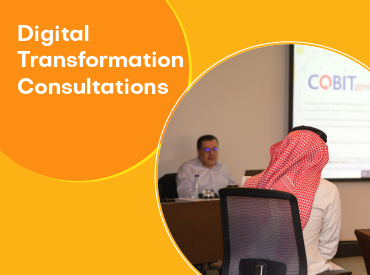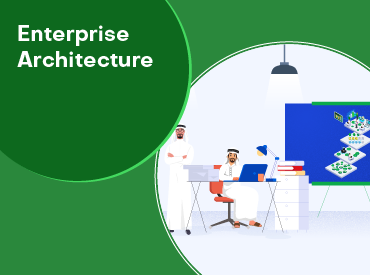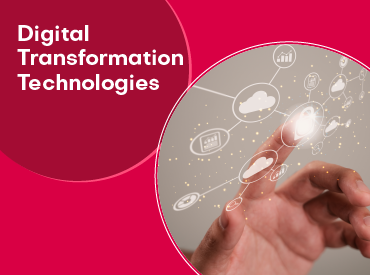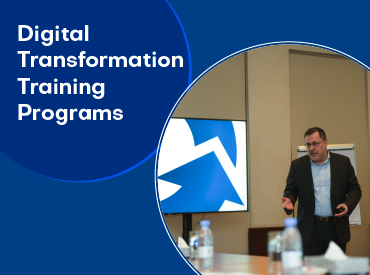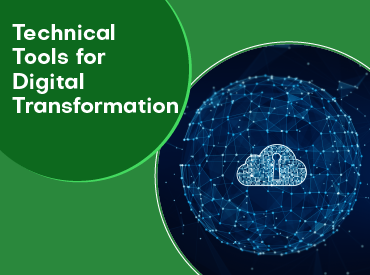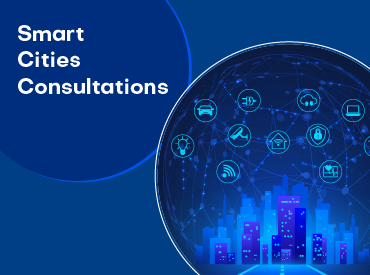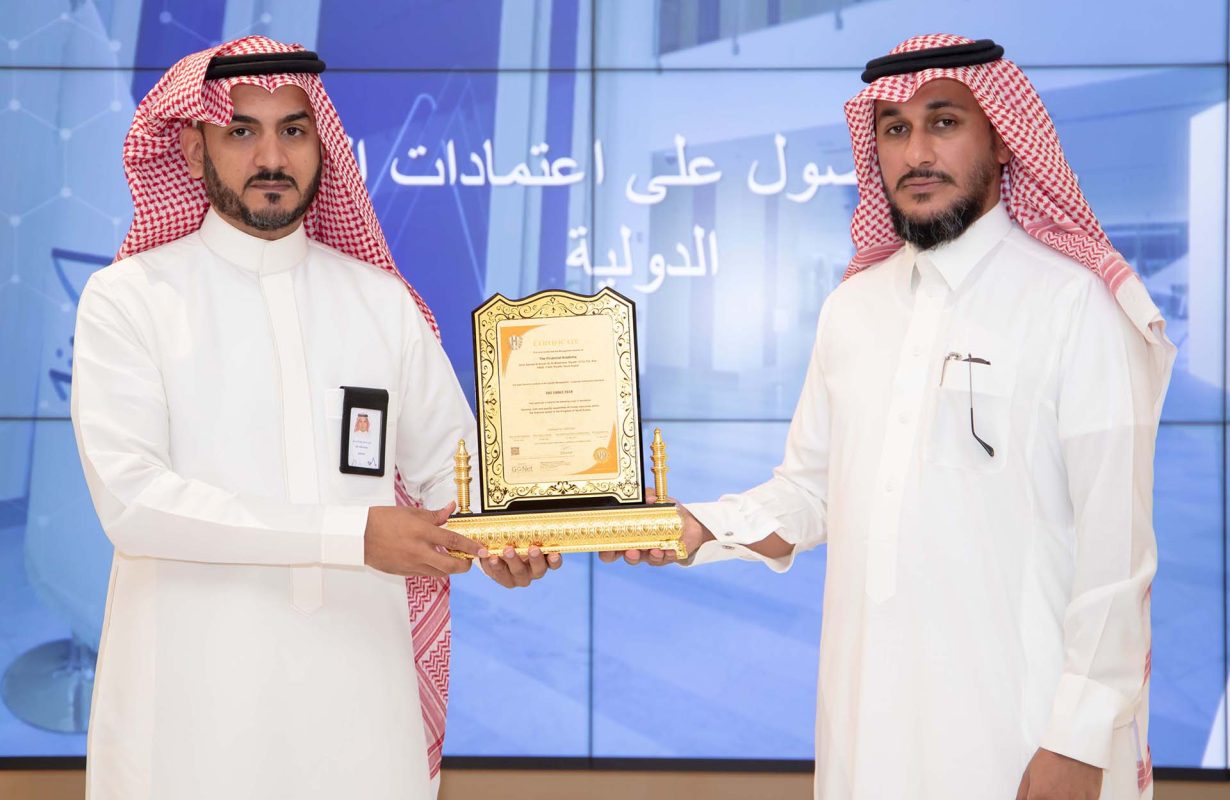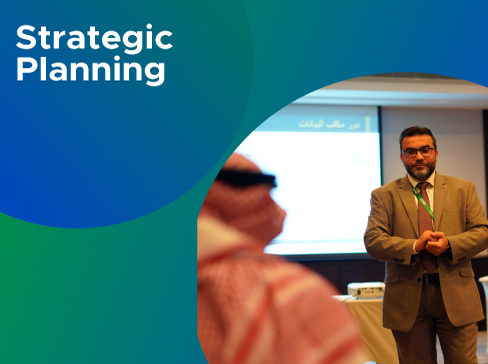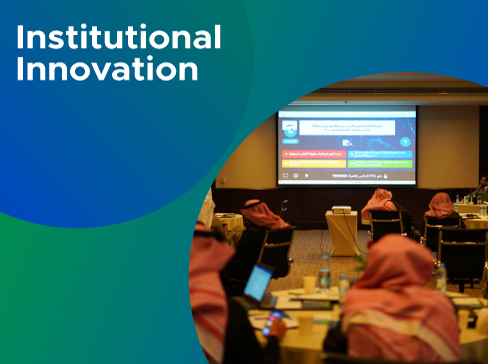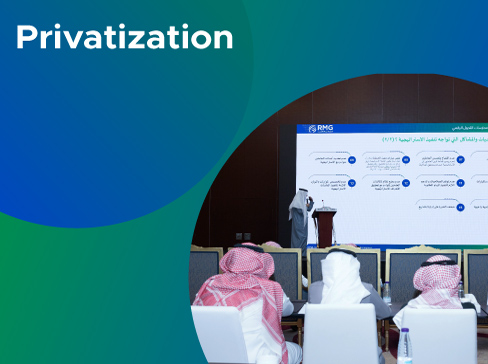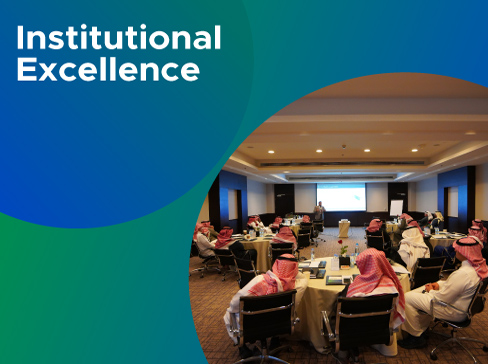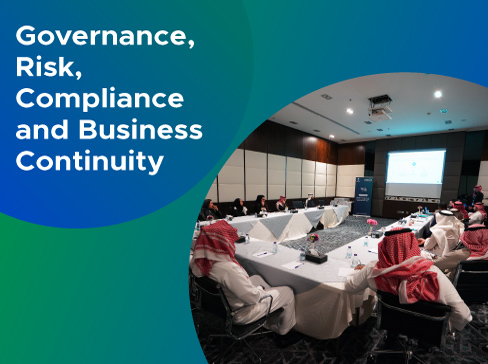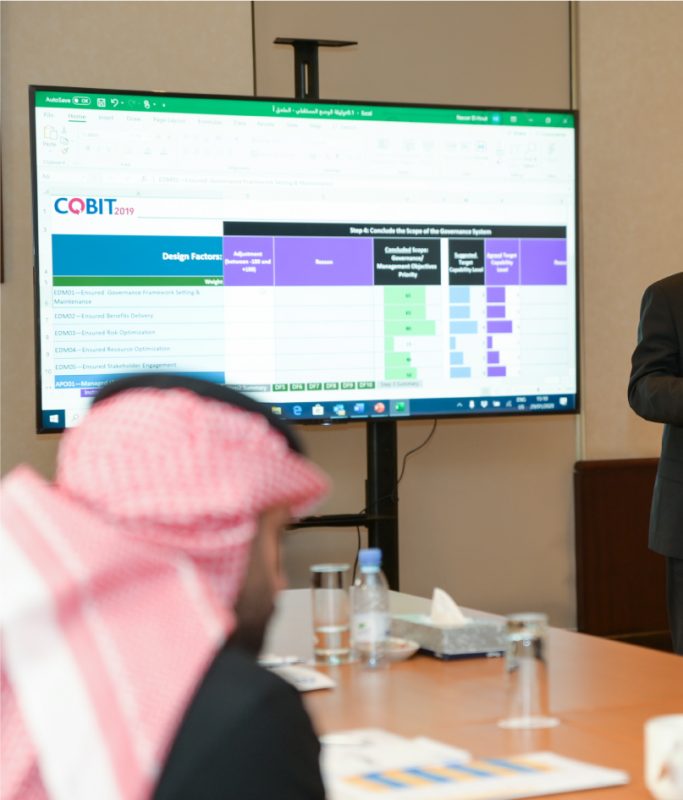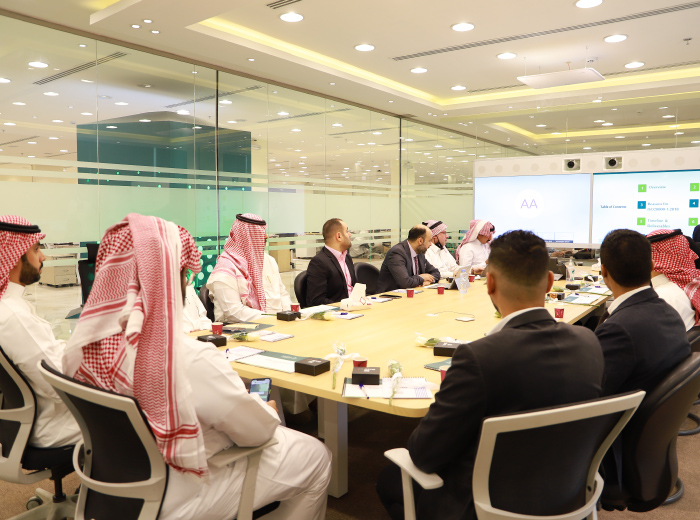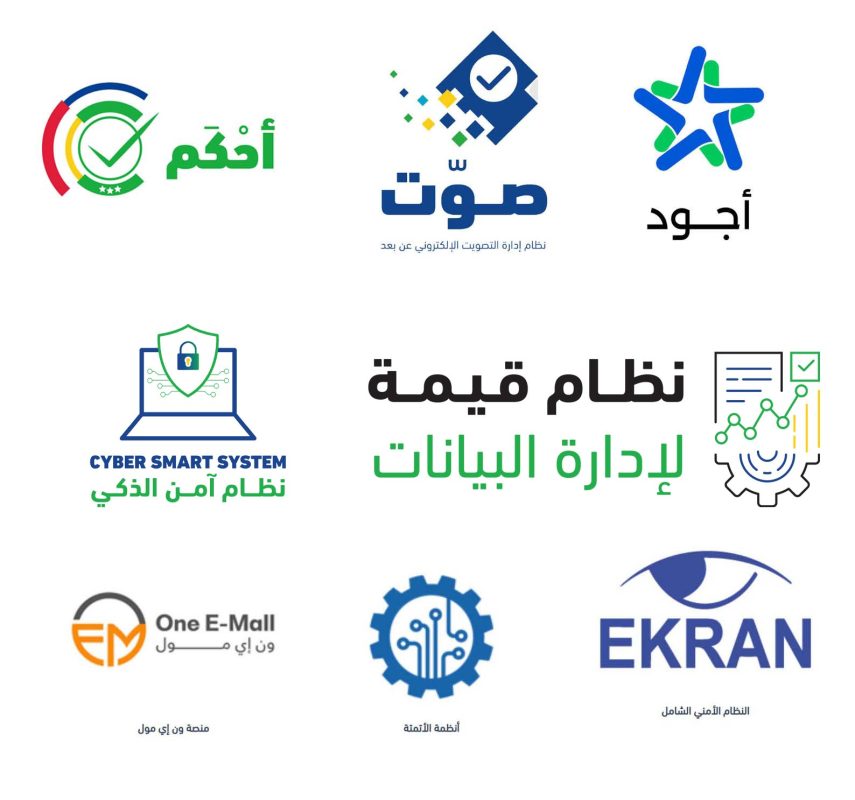The Organizations that seek to achieve continuous success are influenced by innovation activities and want to improve their understanding of the comprehensive innovation management system, as innovative Organizations can understand their contextual circumstances, respond to them, pursue new opportunities, and benefit from the knowledge and creativity of their employees. This system focuses on them and on the customers who seek confidence and security in the Organization’s ability to innovate, as well as trainers, consultants, and auditors for innovation management, as well as policy makers and support programs for the community and the economy. It also helps in defining the Organization’s vision and strategy regarding innovation, setting support, processes, defining the system’s scope, leadership roles, planning, operations, improvement, risk management, innovation objectives, and processes that help the Organization achieve the desired results.
What is the ISO 56002 standard?
It is a set of standard operating procedures and interconnected and interactive elements aimed at achieving value from the implementation of innovation projects and verifying their services and expected results. It is a general adaptable guiding and directing framework for all Organizations that wish to enhance their innovative capabilities, regardless of their type, sector, or size. It relies on the effective implementation commitment of the innovation management system by senior management and the approach of the systems that the Organization must consider implementing due to its ambition and enhancing its comprehensive capability and the supportive culture of activities for successful implementation, maintenance, and continuous improvement of the innovation management system.
Definition of innovation
The common understanding of the concept of innovation is considered to be the key to building an effective innovation management system and a mean to find new solutions to the challenges facing the organization, as there are many proposed definitions of innovation aimed at providing a common foundation and reference that organizations can use as a starting point even if they choose to have a different definition. Innovation is a process related to any of the positive things that emerge through different production methods and techniques and into different products.
The definition used in ISO standards for innovation is comprehensive and broad, defined as a new or changed entity that creates or redistributes value and focuses on two fundamental characteristics: novelty and value. In it, value is not limited to financial value, but can be like experience, well-being, or social value. The innovation entity can be a product, service, process, model, or method, ranging from incremental to radical, requiring its broad nature to use one or more features to be more specific, such as: process innovation, additional innovation, radical business model innovation, or collective innovation.
One of the barriers to the effectiveness of innovation in organizations is the lack of a common language.
Types of innovation
- Technical innovation: related to the production technology used and the products that the organization produces, aiming to develop the organization’s technical performance.
- Administrative innovation: related to the social system in the organization (i.e., everything related to the relationships between individuals who interact together to achieve a specific goal), including the rules, roles, procedures, structures related to the process of communication and exchange between individuals and the environment.
The importance of innovation
- Helping in finding the spirit of competition in organizations.
- Improving the quality of products.
- Helps in creating and enhancing a positive mental image of the organization among its customers.
- Helps to find a way to activate and increase sales volume.
- Assistance in distinguishing the organization, by reducing the period between product releases and improving the quality of decisions.
Principles of ISO 56002 – Innovation Management System (ISO 56002)
The principles of innovation management have been developed to achieve effective management of innovation activities, and they can be considered an open set to be integrated and adapted within the organization and used as an introduction to understanding the innovation management system and as a tool to assess innovation capabilities in the organization.
The following basic principles are the basis of the innovation management system:
– Value:
Focus on the value that the innovation should carry and the target party with this value.
– Leadership future-focused:
It includes readiness for work (the ability of leadership to activate the potential of employees and motivate them to innovate, give, and work hard), and the leaders’ focus on the future, enjoyment, enthusiasm, boldness, acceptance of challenges, readiness for work, sound thinking, and wisdom in management and direction.
– Strategic Direction:
The strategic direction for innovation in the organization requires alignment of innovation goals among stakeholders in the organization, and coherence between the overall goals of the organization and the innovation goals it seeks. It also requires identifying available resources that can support the required innovation, as innovation goals can be seen as serving the achievement of the organization’s goals.
In order to build valuable experience for the future, there is a need to prioritize the required innovation activities within the required strategic direction, with the aim of monitoring, evaluating their work and the resulting impacts.
– Culture:
Ensuring the development of the behavior of the employees in the organization towards openness and interest in change and achieving harmony between innovation and renewal on the one hand, and continuous effective work on the other hand.
– Exploiting Insight:
The capabilities of innovation associated with the organization are being enhanced and the necessary knowledge building is being activated to elevate it and respond to future requirements through seeking to deepen the utilization of external and internal resources available to the organization.
– Risk management Uncertainty:
The principle of managing randomness, indeterminacy, or risk management. In order to benefit from previous experiences and available opportunities, risks on innovations must be identified, their probabilities and negative impacts evaluated, and attention given to managing them to minimize the effects.
– Adaptability:
Adapting the structure of the organization and its activities to the innovations it offers and seeks to provide.
– System Approach:
Using the systems approach in innovation can be through defining the elements associated with innovation, their activities, interactions, and current performance, in addition to the required development or improvement.
Features of ISO 56002 – Innovation Management System (ISO 56002)
The organization that works on managing all necessary activities and other interconnected and interacting elements as a system that can innovate more effectively and efficiently, as the innovation management system works to guide the organization to its vision, goals, and strategies for innovation and achieve significant results.
Regarding competitive capabilities, the ISO 56002 innovation management system provides medium to long-term benefits to organizations, including:
- It can prove to the market that it has implemented a long-term growth strategy through innovation.
- It indicates to customers the possibility of relying on the supplier’s long-term innovation capability.
- It indicates to shareholders and investors that the system within the organization is designed to achieve long-term competitive advantages and the importance of maintaining these advantages for innovation.
The importance of the innovation management system within organizations
Considering the rapid and continuous evolution and digital transformation in organizations, which requires a rethink of innovation management that increasingly contributes to the success of any organization and enhances its ability to adapt to new changes in the world. This involves creating value for the organization, continuously driving development, finding better ways to work and produce, introducing new solutions, reducing costs, seizing opportunities to increase creativity, achieving excellence, and maintaining competitiveness with other organizations.
Since the International Organization for Standardization (ISO) began issuing innovation standards worldwide in 2019, all organizations around the world have been able to apply these standards and strive for excellence. Every organization needs its own innovation management system to activate innovation, which consists of (units that work together) that set the required innovation goals, define the policies that determine the path to achieve the desired goals, and outline the procedures that must be implemented to achieve those goals.
How to manage innovation in organizations according to the ISO 56002 standard
The application of ISO 56002 in organizations activates their ability to innovate and enhances their level of contribution. This includes activating human potential and nurturing and investing in it. It seeks to maintain the competitive status of organizations subject to the level of innovation quality and good management. The standard helps all organizations understand their needs and the expectations of stakeholders, regardless of their type, size, or sector. It contributes to the rehabilitation and advancement of the organization’s ability to contribute and compete by launching and activating ideas, and the quality of ideas achieves the level of success that innovation management seeks through:
establishing leadership and commitment of senior management to the innovation development plan, managing the innovation process, promoting an innovation culture, evaluating the performance of the innovation management system, and updating it if necessary from a macroeconomic perspective, understanding the organization’s context and integrating the global management system, as well as identifying and enhancing empowerment factors for innovation and leadership.
The application of ISO 56002 enables various organizations to disseminate common terms, tools, and methods for innovation across all sectors of the economy. This will allow many parties to more easily simulate ISO 56002 and be a fundamental requirement for groups of organizations to collaborate in innovation, research, and development. This makes it more difficult for organizations that do not focus on innovation and are unaware of its good management, which may lead to their decline compared to other organizations or their inability to continue.
The idea of innovation lies within humans, so every organization should activate the principle of thinking among its employees and affiliates and provide them with an environment to present innovative ideas, manage them, and make the best use of them.
The phases of the ISO 56002 innovation management system
- Determining the context of the organization: The organization needs to understand the context of innovation strategy to identify internal and external issues that impact the achievement of innovation management system results and to identify the area of opportunities to achieve potential value from its application. When studying internal and external issues in innovation (SWOT analysis), the opportunities and threats in this area provide impetus to establish a dedicated innovation management system, as organizations following an innovation management system seek opportunities initially and then study the risks that may arise from them.
organizations following the innovation management system must enhance a culture that supports innovative activities to enable the coexistence of necessary creative mentalities and behaviors in the operational phase, given their importance for innovation. They should also develop an approach that helps manage internal and external collaboration in organizations to facilitate participation and access to knowledge, expertise, intellectual assets, and other resources.
- Leadership: It demonstrates the commitment of interested organizations in the innovation management system to have leaders with curiosity, courage, and a forward-looking vision in the senior management of the organization, and they have a responsibility to develop an innovation culture as well. Organizations must include innovation in all their policies and tasks, as well as the responsibilities and authorities for roles in senior management of the innovation management system must include the appointment of innovation leaders and may also require change agents within the organization.
- Planning: Organizations that follow the innovation management system, when planning, must take into account the internal and external issues of the organization and identify opportunities, risks, and related opportunities according to priorities and risks in order to:
- Make sure that the innovation management system can achieve the expected results.
- Enhance the desired impacts.
- Prevent or reduce undesirable effects.
- Compare the effects of risk acceptance with the effects of prevention.
- The possibility of achieving continuous improvement.
An innovation management system plan should define measurable innovation goals and consider the organization’s ability to retain reliable information about these goals.
Among the innovation goals:
- To be consistent with the innovation policy and aim for the vision of innovation.
- To be consistent with the functions and levels of the organization.
- It can be measured and verified.
- Consideration of applicable requirements.
- It is monitored.
- It is delivered and understood.
- It is updated when needed.
- Support and benefit from possible factors: There are 8 main factors that organizations in the innovation management system can benefit from, which are:
- Available resources: The organization must identify and provide the necessary resources to establish an innovation management system in a timely manner, implement it, maintain it, and continuously improve it, such as: people, time, knowledge, finance, infrastructure.
The organization must also consider the following when utilizing available resources:
- Adopt a proactive, transparent, flexible, and adaptable approach to resource provision.
- Consider what needs to be obtained from external service providers.
- Consider the capabilities and constraints of existing internal support.
- Consider internal and external collaboration, such as participation or reuse to improve resource utilization.
- Secure resources for separate innovation activities from other activities.
- Build long-term capabilities for innovation activities.
- Communications: Communication is to create awareness, increase people’s participation, prepare for action, establish intellectual leadership and influence, build brand value, and so on.
There are two types of communications:
- Internal communication, such as team meetings, notice boards, internal networks, newsletters, games, magazines, staff conferences, and training.
- External communication, such as websites, secondary reports, organization literature, brief reports for financial institutions, users, customers, partners, suppliers, other relevant parties, advertisements, press releases, and trade shows.
- Documented Information: Documented information of external origin that the organization determines to be necessary for the planning and operation of the innovation management system shall be controlled as required and shall be monitored.
- Tools and Methods: The organization must identify, provide, and maintain the necessary tools and methods for developing, maintaining, and improving the innovation management system. There are different types of tools and methods, such as descriptive, provocative, collaborative, challenging, analytical, and communicative. They also take many forms and formats, such as evidence, instructions, games, templates, presentations, videos, software, and hardware.
Some examples of tools and methods are: backcasting, ethnographic research, scenario planning, brainstorming, idea management, comprehensive design, and business model templates.
- Strategic Intelligence Management: Strategic intelligence may include activities to acquire, gather, interpret, analyze, evaluate, apply, deliver, or share decision-makers and other relevant stakeholders, necessary data, information, and knowledge. Tools and methods: are backcasting, ethnographic research, scenario planning, brainstorming, idea management, comprehensive design, and business model templates.
- Individual Ownership Management: Individual ownership includes inventions, techniques, literary, scientific and artistic works, symbols, designs, methodologies, names, images, software, data and knowledge, and is used to achieve certain objectives such as brand building, distinguishing offers and determining their positions, customer loyalty, and research and development, to generate revenue.
- Operations: It is considered the essential function in the innovation management system that seeks to obtain a promising innovation, where the organizations adopting the innovation management system are required to plan, execute, and control innovation initiatives, processes, structures, and necessary support to deal with innovation opportunities, meet requirements, and implement the specified actions through:
- Setting standards for innovation initiatives and processes.
- Implementing oversight on innovation initiatives and processes according to the standards.
- Retaining reliable information to the necessary extent to have confidence that the initiatives
and innovation processes have been executed as planned.
The organizations must control collaborative innovation initiatives and processes, utilize external resources, manage planned changes, review unintended consequences of changes, and take actions to prevent or mitigate any harmful effects. Operational planning requires a different approach to controlling creative and experimental activities, which may differ from the practices of other organizations, as it focuses on integrating a high degree of freedom and flexibility to manage uncertainty.
The organizations that operate with an innovation management system are interested in forming innovation processes that align with the innovation initiative (which can be defined as a set of consistent formal and informal activities). The innovation initiative can be a project, a program, or any other type of approach, and it is also possible to propose an innovation initiative by any person in the organization. Organizations can create one or more processes to manage innovation initiatives.
The focus of creative and experimental innovation processes is on exploration to acquire knowledge and is characterized by flexibility and adaptability, and the ability to form different configurations depending on the type of innovation and the organization’s circumstances. It is characterized by its ability to shape a fast track for selected operations, non-linear sequencing, repetitive, internally or independently executed from other organization operations, linked to other operations in the organization such as research and product development, marketing, sales, partnership, merger and acquisition operations, cooperation, and intellectual property.
How to obtain ISO 56002 certification
- Identifying Opportunities: During the process of identifying available opportunities, organizations work on:
- Acquiring ideas and knowledge about declared and undeclared needs and expectations, including the losses and benefits of current and potential users, customers, citizens, and other stakeholders in the organization.
- Gaining insights and knowledge about the trends and challenges relevant to identifying opportunities, such as those related to competitors, technologies, and intellectual property in the markets.
- Identifying and defining opportunities or areas of opportunity, such as the desired impact to be achieved or the value that can be realized or problem data, and prioritizing opportunities.
The process of identifying opportunities includes basic research tools and methods, surveys, future analytics, standard measurement, internal and external research processes, interviews, risk analysis, and dynamic system models… etc.
- Concept Innovation.
- Concept Validation.
- Solution Development.
- Solution Deployment.
- Performance Evaluation: Evaluating process performance consists of 3 stages:
The first stage: monitoring, measurement, analysis, and evaluation
The organizations at this stage must identify the following:
- What should be monitored and measured, including the innovation indicators that must be used.
- The necessary monitoring, measurement, analysis, and evaluation tools and methods to ensure accurate results.
- When monitoring and measurement should be carried out.
- Who will be responsible.
- When the monitoring and measurement results should be analyzed and evaluated.
The organization can use benchmarks with other organizations in the monitoring and evaluating performance stage.
The organizations also need in the innovation management system to analyze and evaluate the innovation management, effectiveness, and efficiency.
The following should be taken into consideration during analysis and evaluation:
- Regarding innovation strategy and its objectives and outcomes, value creation and redistribution must be achieved.
- Elements of the innovation management system and its interactions, including preservation, support, initiatives, and processes. To further improve innovation performance, an organization can repeat the process of analysis and evaluation, relying on the tools and methods used to achieve the ambition of the organization that adopts the innovation management system.
The second stage: Internal Audit
The organization needs to develop specific plans to conduct internal audit operations, to ensure and provide information about the effectiveness of the innovation management system and its compliance with the organization’s requirements and other applicable requirements, and also to ensure its effective implementation and maintenance.
The third stage: Management Review
The organizations must schedule periods during which senior management reviews their innovation system, to ensure and guarantee its continued efficiency, suitability, and effectiveness. These reviews should occur at specific intervals, with the depth and frequency of the reviews varying according to the circumstances of the organization. It is possible for elements of the innovation management system to be partially or fully covered during these reviews.
The organization must retain documented information as evidence of management review results.
Improvements: The organization at this stage works on identifying and selecting any opportunity for improvement and implementing any necessary actions and changes, taking into account the performance evaluation results in order to maintain or enhance its strengths, and address its weaknesses and gaps, correct or prevent or reduce its deviations and mismatches, where the organization should take the following actions when such deviations or non-compliance occur:
- Responding to deviation or non-conformity and dealing with its consequences by taking control measures and correcting it.
- Assessing the need to take action to eliminate the causes of deviation or non-conformity to prevent its recurrence elsewhere by reviewing and analyzing the deviation or non-conformity, identifying whether there are similar deviations or non-conformities or possible occurrences, and identifying the root causes of the deviation and non-conformity.
- Implementing any required action.
- Reviewing the effectiveness of any corrective action taken.
- Updating the identified opportunities and risks during planning if necessary.
- Making changes to the innovation management system if necessary.
The organizations that wish to implement ISO 56002 standard must ensure the timely and effective implementation of corrective actions and changes, and retain reliable information as evidence of the nature of deviations taken, the results of any corrective actions taken, and ensure continuous improvement and suitability, effectiveness, and efficiency of the innovation management system.
Conclusion
Now that you have learned about the Innovation Management System – ISO 56002, you may be wondering how to apply it within your organization in a practical and real way?
You can seek help from Renad Al Majd Information Technology Company (RMG) to implement and apply the ISO 56002 standard within your organization until the final review process is completed and then obtain an internationally recognized ISO 56002 certificate.

